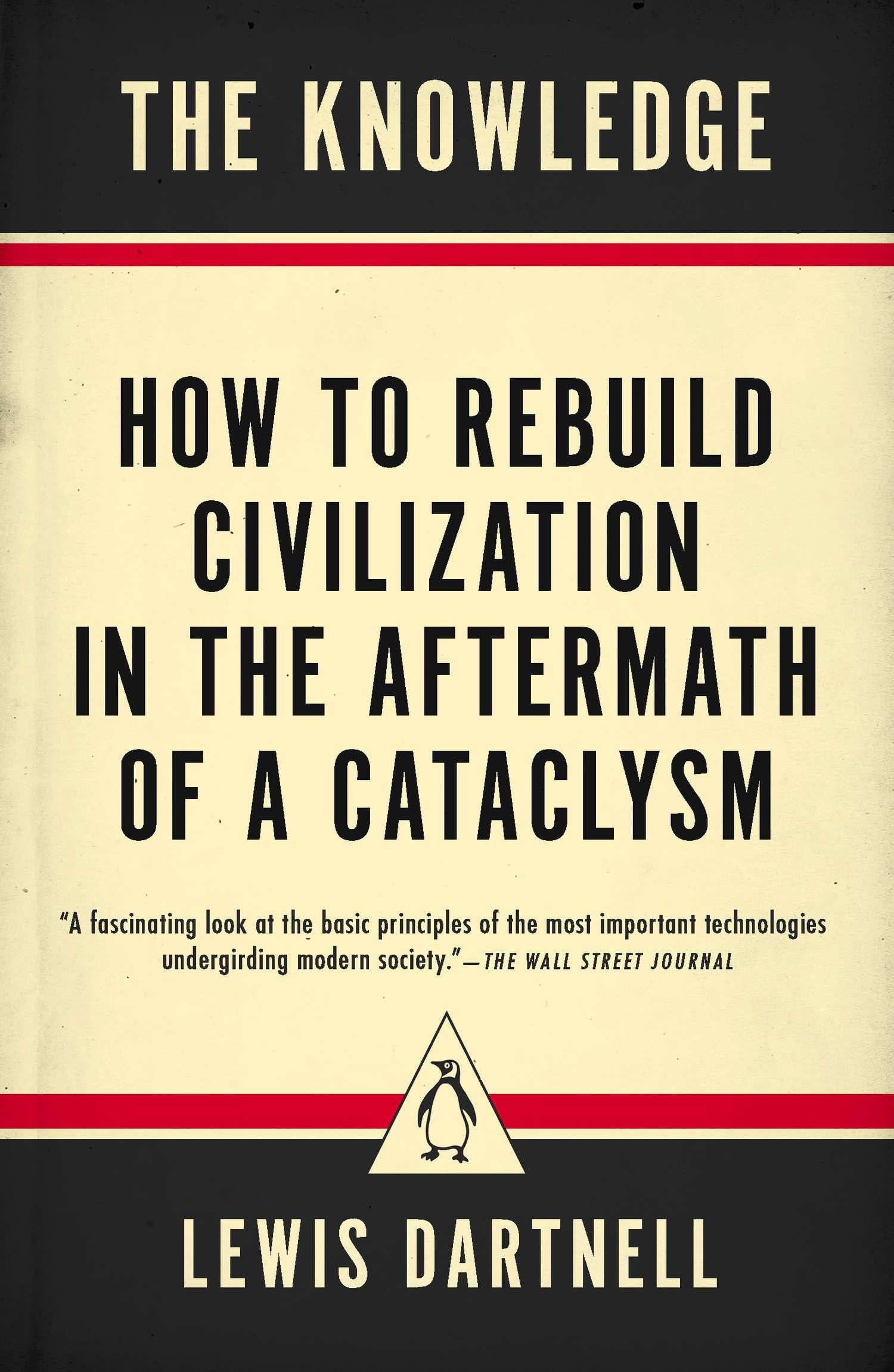
Title: The Horrific Mechanics of Nuclear Armaments: Transitioning from Atomic Bombs to Thermonuclear Conflict
Introduction
The image of a mushroom cloud ascending into a tranquil sky has emerged as one of the most haunting and recognizable emblems of unfathomable devastation. Such visuals, reminiscent of the first hydrogen bomb test in 1952, signify more than mere historical moments—they serve as stark warnings of humanity’s capacity to command the most profound forces of nature. Contemporary nuclear armaments possess immense power, far surpassing that of World War II, and stand ready for deployment with little warning. This article explores the scientific principles underlying nuclear weapons, their advancement, and the catastrophic ramifications of their deployment.
How Do Nuclear Weapons Function?
All nuclear armaments acquire their staggering explosive force by manipulating atomic nuclei—primarily through nuclear fission and nuclear fusion.
Nuclear Fission
Nuclear fission entails the division of heavy atomic nuclei such as uranium-235 or plutonium-239. When a free neutron hits the nucleus of one of these atoms, it causes it to split into two lighter nuclei, releasing additional neutrons along with a massive amount of energy. These liberated neutrons subsequently instigate further fission reactions, resulting in a rapid chain reaction. This explosive sequence forms the fundamental mechanism in atomic bombs and is integral to modern thermonuclear arms.
Nuclear Fusion
Nuclear fusion is the mechanism through which light nuclei—usually isotopes of hydrogen (deuterium and tritium)—merge under extreme heat and pressure to create a heavier nucleus (helium), releasing even greater energy than fission. Fusion is the same process that fuels the Sun. In thermonuclear devices, often referred to as hydrogen bombs or H-bombs, fusion reactions are initiated by the energy generated from an initial fission explosion.
The Development of Nuclear Weapons
From their primitive origins to the advanced arsenals of today, nuclear weapons have undergone substantial evolution in their intricacy and destructive capability.
The Atomic Bomb
The first nuclear weapons, detonated in Hiroshima and Nagasaki in 1945, depended solely on nuclear fission. The Hiroshima bomb (“Little Boy”) emitted energy equivalent to 15,000 tons of TNT, while the Nagasaki bomb (“Fat Man”) released around 21,000 tons. Notably, these calamitous explosions resulted from merely a few kilograms of fissile material.
The Hydrogen Bomb
The period following World War II saw the emergence of thermonuclear weapons that integrated both fission and fusion. The inaugural test of such a bomb, known as “Ivy Mike” in 1952, unleashed energy equivalent to several megatons of TNT. Thermonuclear bombs significantly surpass atomic bombs in power, capable of causing devastation across extensive areas.
Contemporary Nuclear Weapons
Current nuclear weapons blend precision engineering with layered explosive methodologies. A standard thermonuclear warhead comprises:
– A fission “primary” unit: Activated by chemical explosives compressing plutonium to achieve critical mass and initiate a fission chain reaction.
– A fusion “secondary”: Utilizing lithium deuteride fuel that is compressed and heated by the fission explosion to spark fusion.
– A tamper and radiation casing: Typically made of uranium, the outer layer reflects neutrons and enhances the yield through additional fission.
This sophisticated arrangement enables modern warheads to yield outputs ranging from hundreds of kilotons to even tens of megatons.
Launch and Immediate Impact
The ramifications of a nuclear explosion are staggering, delivering destruction not just from the blast itself, but also via its subsequent effects.
Immediate Consequences
As much as 35% of a nuclear explosion’s energy manifests as intense heat, inflicting lethal burns within a 10 km radius from a 1-megaton explosion. Shockwaves generate wind velocities akin to tornadoes, leading to the indiscriminate collapse of structures. Fires erupt spontaneously, depleting oxygen and asphyxiating those in subterranean shelters.
Radiation
A short time after the explosion, radioactive fallout taints the surroundings. The mushroom cloud carries irradiated particles into the upper atmosphere, possibly dispersing them over vast distances. Radiation incurs acute health issues, cancer, and genetic mutations that may surface years later.
Beyond the Initial Blast
Even in regions outside the immediate impact zone, societies could disintegrate due to infrastructure collapse, tainted food and water supplies, and economic breakdown amid global interconnectedness. Supply chains would fail, power grids would collapse, and digital communications would become unfeasible.
Nuclear Winter
The prolonged environmental aftermath of nuclear conflict would yield nuclear winter. Soot from extensive fires would rise into the stratosphere, obstructing sunlight and causing global temperature declines. This could curtail growing seasons and induce widespread agricultural collapse. A cascade of famine, disease, and civil unrest would ensue, impacting even nations that were not directly involved in the conflict.
The Tipping Point of Civilization
Various estimates, including those from the Red Cross, suggest that a large-scale nuclear conflict could lead to over a billion fatalities from both direct and indirect effects. Even localized or regional clashes (e.g., between India and Pakistan) would have devastating repercussions.